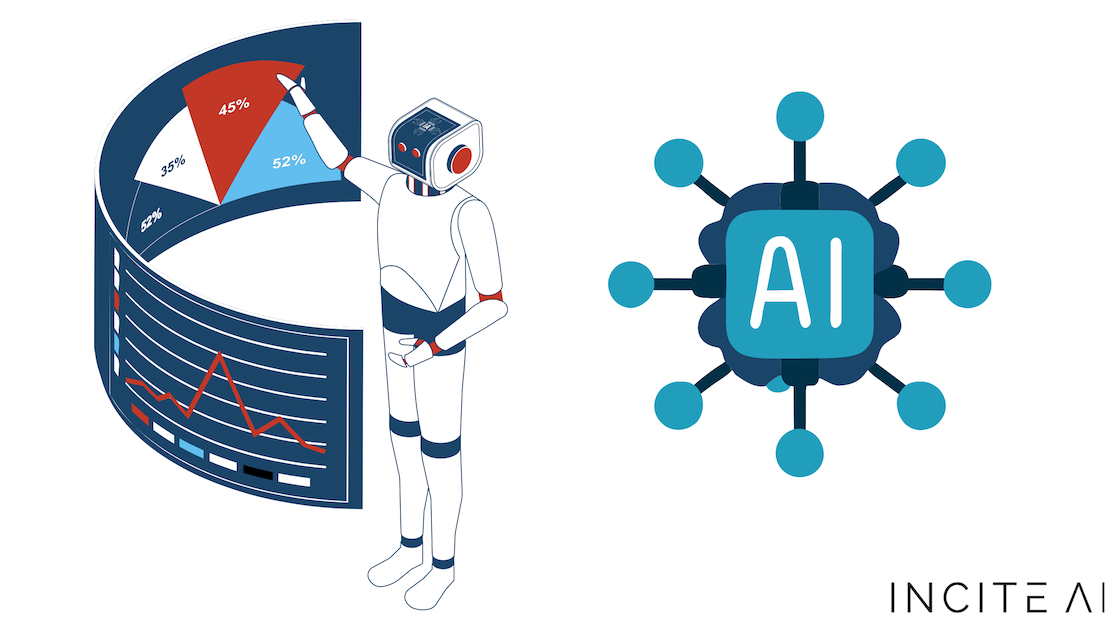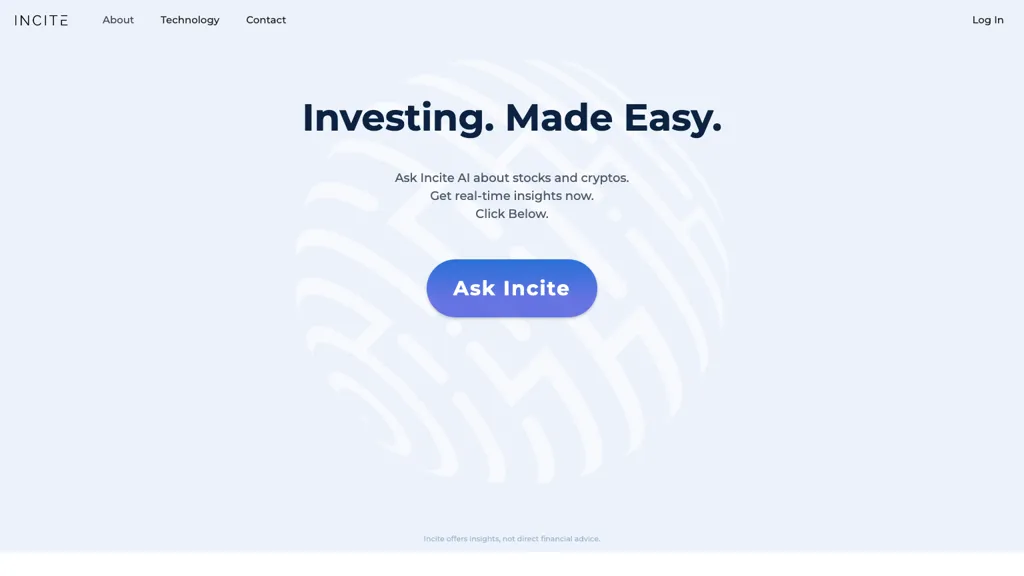20 Excellent Facts For Choosing AI Stock Prediction Websites
Top 10 Tips For Evaluating The Security And Privacy Of Ai Stock Predicting Trading PlatformsWhen using AI-based trading platforms to forecast and analyze prices of stocks privacy and security are crucial. These platforms typically handle sensitive financial and personal data. An attack or mishandled data could result in significant financial losses and reputational damage. Here are the top 10 tips for evaluating the security and privacy on these platforms.
1. Assess the encryption of data
Encryption on transit: Check whether the application you're using has secure protocols that protect your data while it's transferred between their servers and the device (e.g. TLS/SSL).
Encryption at rest: Verify that the sensitive information stored on the platform's servers is encrypted using strong encryption standards (e.g., AES-256).
End-to-end encryption: Determine whether your platform offers encryption from beginning to the end for data and communications that are sensitive.
2. Examine Authentication Methods
Two-factor authentication (copyright): Ensure your platform supports copyright to provide an additional layer of security.
Review the biometric authentication options for mobile applications (e.g. facial recognition fingerprint, facial recognition).
Password policies. Verify whether the platform has password policies that are strong (e.g. minimum length or complexity requirements).
3. Examine for Compliance with the Rules
Financial regulations: Ensure that your platform is compliant with the relevant laws governing financial transactions (e.g. SEC FINRA MiFID II).
Laws on data protection: Verify your compliance with privacy laws (e.g. GDPR, CCPA), if you're doing business with regions that are subject to these laws.
Audit certifications - Check to determine if the platform is certified or has received third party security audits (e.g. SOC 2, ISO 27001).
Review Controls for Access to Data
Role-Based Access: Verify that the platform utilizes role-based-access controls (RBAC) that limit access to information to only authorized users.
Permission levels: Look to determine if different members or users of a team may have different permissions.
Activity monitoring. Check that the platform tracks suspicious user activities and records it.
5. Assess Vulnerability and Management
Updates on a regular basis: The platform must periodically update its software to patch any vulnerabilities.
Penetration Testing: Check if the platform is routinely put through penetration testing which helps identify and fix security flaws.
Bug bounty programs: Verify if there is a bug-bounty program available on the platform to encourage security researchers from outside to report vulnerabilities.
6. Evaluate Data Privacy Policies
Transparency - Read the privacy policies of the platform in order to know how data is collected, shared, and used.
Data minimization: Make sure that the platform collects only the data needed for its functionality.
Third-party data sharing: Make sure that the platform is able to share your information with a third-party and, if you are in the process of sharing, what.
7. Make sure you are using a Secure API Usage
API security: Make sure that the API of the platform API uses secure authentication methods (e.g., OAuth, API keys) and secures data exchanges.
Rate limit: Make sure to check for rate limitations within the API to stop brutal force attacks or abuse.
Check the access logs to determine if they're being recorded for monitoring and auditing.
8. Examine the reaction to an incident and recovery
Incident response plans: Check whether the platform you're using has an clearly-defined incident response plans. This plan should cover dealing with data breaches.
Notification policies: Determine if the platform notifies users promptly in the event of a security breach.
Backups of data: Make sure that the platform regularly backs up its data on a regular basis and has a disaster recovery plan.
9. Examine Physical Security Measures
Security of the data center: Make sure your platform's servers are housed in secure data centers, with physical security measures (e.g. monitoring, access controls).
Redundancy: Check whether the platform is equipped with redundant systems that will ensure data availability in case of hardware failure.
Geographic distribution: To boost resilience, verify that the data is distributed over several geographic locations.
10. Test the privacy controls of your users
Data deletion - Make sure that you can delete all personal data completely from the website, if you decide to stop using its services.
Privacy settings - Check to find out if the platform allows users to set privacy settings so that you to control what data will be visible or shared.
Anonymization: Check if the platform anonymizes data used for analytics or machine learning.
Bonus Tips
Feedback and review of users to determine the security of the platform and privacy.
Free trial period: Test the platform's privacy controls and security features with the demonstration.
Customer support: Make sure that the platform provides a solid support regarding security issues or concerns.
You can evaluate the security, privacy, and accuracy of AI stock trading platforms by following these tips. This will ensure that your financial information as well as personal data are safe. Secure platforms protect your assets and builds confidence in its services. Check out the most popular redirected here on ai for investing for more info including AI stock trading bot free, ai investment app, ai investing, ai trading tools, best ai for trading, AI stocks, trading with ai, using ai to trade stocks, best ai trading software, ai investing app and more.

Top 10 Ways To Evaluate The Regulatory Compliance Of AI stock Analysis And Prediction Platform
Regulation compliance is an important factor in evaluating trading platforms that use AI. Compliance ensures that the platform adheres to financial regulations, and adheres to legal frameworks and protecting the user's data. This lowers the possibility of financial penalties or legal problems. Here are the top ten tips for assessing regulatory compliance.
1. Verify Licensing and Registration
The regulatory bodies: Make sure the platform is licensed and registered with the relevant financial regulatory agencies (e.g. SEC in U.S.A., FCA UK, ASIC Australia).
Broker partnerships: If a platform integrates with brokers, verify that brokers are also legally licensed and regulated.
Public records: Check the official website of the regulator for the status of registration and any past violations.
2. Assessment of the data privacy Compliance
GDPR If you're serving or operating within the EU Make sure the platform is compliant with the General Data Protection Regulation.
CCPA – For Californian users be sure to check the compliance of California Consumer Privacy Act.
Data handling policies: Go through the policy of the platform's privacy and data security to ensure that it clarifies exactly what data users' information is stored, used and shared.
3. Evaluation of Anti-Money Laundering/AML Measures
AML policies: Ensure that the platform has robust AML policies that are in place to prevent and detect cash laundering.
KYC procedures: Determine whether the platform supports Know Your Customer (KYC) which validates user identities.
Transaction monitoring: Verify that the platform monitors transactions to spot suspicious behaviour and alerts relevant authorities.
4. Make sure you are in compliance with Trading Regulations
Market manipulation: Ensure that the platform has measures to avoid market manipulation like spoofing, wash trading.
Order types. Check that the platform complies with the regulations pertaining to order types (e.g. there is no stop loss hunting that is illegal).
Best execution : Ensure that the platform is using top execution methods to make trades at the most competitive cost.
5. Cybersecurity Compliance:
Data encryption: Ensure the platform uses encryption to protect the data of users in transit and in rest.
Incident response Response to incidents Verify the system's plans to respond in case of data breaches or cyberattacks.
Certifications - See if your platform has any cybersecurity certifications.
6. Transparency & Disclosure:
Fee disclosure: Make sure that the platform clearly discloses all fees including hidden charges or additional costs.
Risk disclosure: Ensure that the platform has disclosed the risks involved, particularly in the case of high-risk strategies or trading using leverage.
Performance reporting: Check if the platform provides precise and transparent performance reports for its AI models.
7. Make sure that the product is in compliance to International Regulations
International trading: If you are trading internationally, ensure that the platform you use is in compliance to all laws and regulations.
Tax reporting: Verify if the platform provides tools or reports that can assist users in complying with tax regulations (e.g., FIFO rules in the U.S.).
Sanctions compliance - Ensure that the platform is compliant to international sanctions and does not allow trading only to countries or entities prohibited.
8. Assess record-keeping and audit trails
Transaction records: The platform should maintain detailed records on the transactions that are used for regulatory and auditor purposes.
User activity logs Verify that your platform tracks all activities of users, like transactions, logins, as well as the changes to account settings.
Audit readiness: Ensure that the platform is equipped with all the logs and documentation required to be able to pass a review by a regulator.
9. Verify compliance with AI Specific Regulations
Algorithmic trading regulations: If the platform is able to support algorithmic trading, ensure it complies with regulations like MiFID II in Europe or Reg SCI in the U.S.
Fairness and bias Determine whether the platform modifies or monitors its AI models to ensure ethical and fair trading.
Explainability - Make sure that the AI platform can provide clear and concise explanations about AI-driven predictions, decisions and more. as required by certain rules.
Review User Feedback and the Regulatory History
User reviews: Make use of feedback from users to assess the platform's regulatory compliance.
Historical Record: Search for past violations of the regulations and penalties, fines or sanctions.
Third-party audits: Determine if the platform undergoes regular audits by a third party to ensure compliance with the regulations.
Bonus Tips
Legal consultation: Talk to an expert on the subject to verify whether your website is in compliance with the regulations.
Trial period: Make use of a demo free or trial to test the compliance features available on the platform.
Support for customers: Make sure the platform provides support for questions or issues related to compliance.
Following these tips can help you to assess the regulatory compliance of an AI platforms for analyzing and predicting stocks. You can pick a system that is compliant with the legal frameworks and safeguards your interests. The compliance not only reduces the legal risk but also improves confidence in the platform's services. Take a look at the most popular extra resources for stock predictor for website tips including chart analysis ai, stock predictor, ai in stock market, trading ai tool, ai trading tool, stocks ai, ai options, chart ai trading, ai for trading stocks, AI stock analysis and more.
